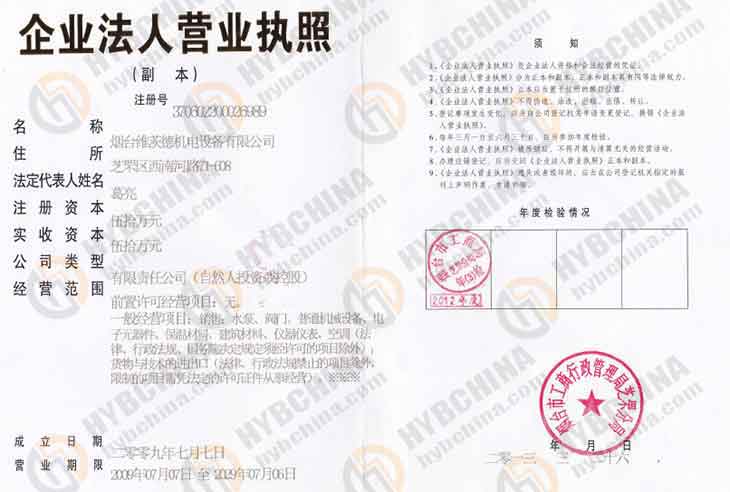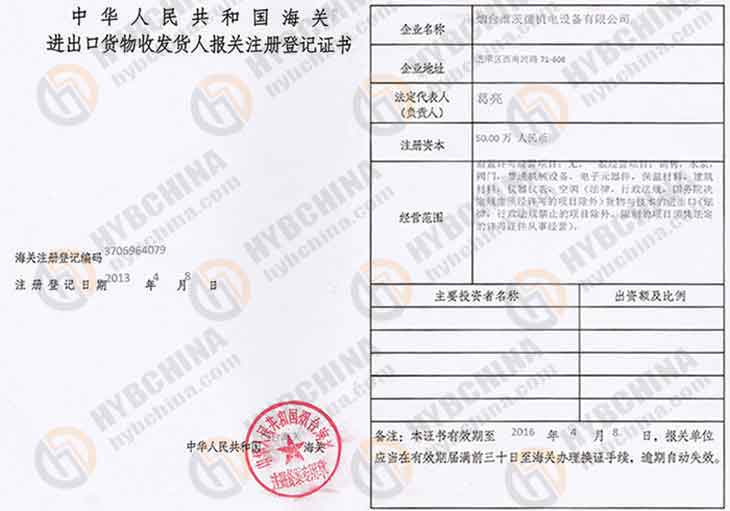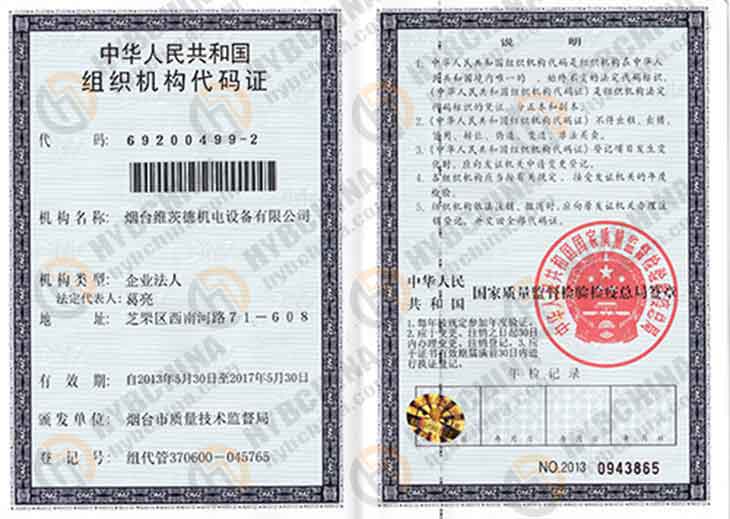宁波大榭招商国际码头有限公司成立于2003年6月6日,是第一批进入宁波大榭岛的中外合资企业之一。在宁波西北角的滩涂上建起了一座世界一流的集装箱码头,为长三角、浙江省、宁波市的经济发展奉献力量。但码头桩群排列较为密集,桩群对水流起到阻水作用,使得水流流速降低,进而导致水流挟沙力减小,促使泥沙在码头下方及后方淤积,严重影响了码头桩基基础的稳定性及大船停泊的安全性。然而,传统的码头清淤方法(如耙吸挖泥船清淤、绞吸挖泥船清淤等)往往需要借助大型抓泥船如绞吸船或是耙吸船等装备开展清淤工作,这对于范围狭小的码头下方及后方水域而言,可操作性极小且实施难度较大。对于大榭码头后方淤积严重或者范围较大的海域,这种清淤方法将耗费大量的人力物力和财力,成本较高,并且不能从根本上解决问题,经过一段时间后泥沙又会再次回淤,又需要再次进行清淤处理,高频次疏浚施工将显著妨碍码头生产运营。
基于以上存在的问题,结合应用海域的水文地质情况,现亟需研制一套成本较低、便于施工的导流装置来解决码头下方及后方区域清淤减载问题。基于前期的数值模拟结果发现拟研制的导流装置可以使得导流区域的平均流速提升50%以上,有效导流范围(沿码头长度方向的导流有效尺度)超过装置主尺度的130%,除此之外,该装置还具有部署方便、可灵活定位、可兼容潮位变化等优点。
科勘海洋科技对这套装置的成功研制可以增强桩基码头生命周期内安全运行的能力,减少码头后方及下方回淤,延长清淤养护周期,降低码头运营成本,对提高我国桩基码头服役寿命具有重大社会经济价值,为我国自主研发的导流疏浚装备提供理论支持,进一步提升了我国在海洋工程领域的国际影响力。
基于“束流冲沙”和“挑流冲沙”的基本导流减淤思想提出了挑流型、喇叭口型、八字型三种导流堤长度相同(10 m)的布置方案,如图1所示,并分别建立了概化三维实体模型,完成了数值计算,其结果如表1所示。数模数据分析得到的基本结论主要有:
(1)原定喇叭口型与八字形导流堤的主要导流原理“束流”虽然可以有效提升下游流速,但其束流段造成的动压逆压梯度将大量流线挤压出了束流范围,降低了束流流量和导流效率;
(2)挑流式导流堤,可在挑流下游产生显著的挑流涡,有效挤压流线,产生显著的导流流速提升效果。
(3)综上考虑表1中不同导流堤布置方式所达到的实际性能,最终确定了挑流型导流堤布放方案为三种导流方案中的最优方案。
浮式导流堤通过绳索与码头上方护栏或码头桩基固定,由两个边长为4.5 m的方形浮体平台组成。图2展示了单个浮体平台的俯视图,单个浮体平台由53个长0.5 m宽0.5 m高0.4 m的空心浮块通过吊环螺丝拼接而成,该平台不仅能为导流装备提供浮力,还能为施工作业人员提供海上作业场所。
导流堤堤身通过钢索与浮体平台的对角线相连,堤长10 m(两个导流堤连接),是码头后方可移动式导流装置的主体结构,主要由遮淤帘、配重块与浮筒构成,为方便运输与施工,堤身采用分段设计,即每隔1 m为一段,共10段,每段之间采用缝纫线和魔术贴连接固定。堤身由双层不透水的遮淤帘拼接而成,用于调整水流流向,还兼有包裹配重块的作用,遮淤帘之间每隔0.5 m包裹长1 m宽0.2 m厚0.01m的铁质配重块,每段堤身顶部均设有浮筒提供浮力,并利用吊环将浮筒与钢索固定.
1.作业人员在岸边将单个浮体使用螺栓连接成一体,随后乘两艘作业船将安装后的浮体牵引至指定水域位置。
2.将浮体1~3号点位使用牵引绳固定于码头上方护栏或码头桩基,如图4 a所示。
3.2名在浮体上的作业人员和2名在船上的作业人员配合将导流堤堤身连接并固定在浮体上;固定完成后将导流堤堤身放入水中,如图4 b所示。
4.待导流堤堤身安装完成后由船上作业人员将另一侧浮体安装完毕,将4、5号点位使用牵引绳固定于码头上方护栏或码头桩基,如图4 c所示。
Ningbo Daxie Investment International Terminal Co., Ltd. was established on June 6, 2003 and was one of the first Sino foreign joint ventures to enter Ningbo Daxie Island. A world-class container terminal has been built on the mudflat at the northwest corner of Ningbo, contributing to the economic development of the Yangtze River Delta, Zhejiang Province and Ningbo City. However, the arrangement of pile groups at the dock is relatively dense, and the pile groups play a role in blocking the water flow, reducing the flow velocity and leading to a decrease in the sediment carrying capacity of the water flow, causing sediment to accumulate below and behind the dock, seriously affecting the stability of the dock pile foundation and the safety of large ships berthing. However, traditional dredging methods for docks (such as dredging with suction dredgers, dredging with suction dredgers, etc.) often require the use of large dredging vessels such as suction dredgers or suction dredgers to carry out dredging work. This makes it extremely maneuverable and difficult to implement for narrow areas of water below and behind docks. For the heavily silted or extensive sea area behind the Daxie Wharf, this dredging method will consume a large amount of manpower, material resources, and financial resources, and the cost is high. It cannot fundamentally solve the problem. After a period of time, the sediment will return to siltation and require further dredging treatment. High frequency dredging construction will significantly hinder the production and operation of the wharf.
Based on the above problems and the hydrogeological conditions of the applied sea area, it is urgently necessary to develop a low-cost and easy to construct diversion device to solve the problem of dredging and load reduction in the area below and behind the dock. Based on the preliminary numerical simulation results, it was found that the proposed diversion device can increase the average flow velocity of the diversion area by more than 50%, and the effective diversion range (effective diversion scale along the length direction of the dock) exceeds 130% of the main scale of the device. In addition, the device also has advantages such as easy deployment, flexible positioning, and compatibility with tide level changes.
The successful development of this device can enhance the safe operation ability of pile foundation docks during their lifecycle, reduce siltation behind and below the docks, extend the dredging and maintenance period, and reduce the operating costs of the docks. It has significant socio-economic value for improving the service life of pile foundation docks in China, providing theoretical support for China's independently developed diversion and dredging equipment, and further enhancing China's international influence in the field of marine engineering.
Based on the basic diversion and sedimentation reduction ideas of "beam flow flushing" and "jet flow flushing", three layout schemes with the same length (10 meters) of diversion embankments, namely jet flow type, trumpet mouth type, and octagonal type, were proposed, as shown in Figure 1. A generalized three-dimensional solid model was established and numerical calculations were completed. The results are shown in Table 1. The basic conclusions obtained from the analysis of mathematical and analog data mainly include:
(1) The main guiding principle of the original trumpet shaped and eight shaped diversion embankments, known as "beam flow," can effectively improve downstream flow velocity, but the dynamic pressure gradient caused by the beam section squeezes a large number of flow lines out of the beam range, reducing the beam flow rate and diversion efficiency;
(2) The jet flow diversion dike can generate significant jet flow vortices downstream of the jet flow, effectively squeezing the streamline and producing a significant improvement in the flow velocity of the diversion.
(3) Taking into account the actual performance achieved by different layout methods of diversion embankments in Table 1, it was ultimately determined that the layout scheme of the flip flow diversion embankments is the optimal among the three diversion schemes.
The floating diversion dike is fixed by ropes to the guardrail above the pier or the pier pile foundation, and consists of two square floating platforms with a side length of 4.5 meters. Figure 2 shows a top view of a single floating platform, which is composed of 53 hollow floating blocks with a length of 0.5 meters, a width of 0.5 meters, and a height of 0.4 meters, which are spliced together through lifting ring screws. This platform not only provides buoyancy for diversion equipment, but also provides an offshore work site for construction workers.
The body of the diversion embankment is connected to the diagonal of the floating platform through steel cables, with a length of 10 meters (connected by two diversion embankments). It is the main structure of the movable diversion device behind the dock, mainly composed of silt curtains, counterweight blocks, and pontoons. To facilitate transportation and construction, the embankment is designed in sections, with 10 sections every 1 meter, and each section is connected and fixed with sewing thread and Velcro. The embankment body is composed of double-layer impermeable silt curtains, which are used to adjust the flow direction and also have the function of wrapping weight blocks. Iron weight blocks with a length of 1 m, a width of 0.2 m, and a thickness of 0.01 m are wrapped every 0.5 m between the silt curtains. A buoy is installed at the top of each section of the embankment body to provide buoyancy, and a lifting ring is used to fix the buoy and the steel cable
1. The operators connect a single floating body with bolts on the shore, and then tow the installed floating body to the designated water area by two work boats.
2. Use traction ropes to fix the floating points 1-3 to the guardrail or pile foundation above the dock, as shown in Figure 4a.
3.2 operators on the floating body and 2 operators on the ship cooperate to connect and fix the diversion embankment body on the floating body; After fixing, place the diversion embankment body into the water, as shown in Figure 4b.
4. After the installation of the diversion embankment body is completed, the floating body on the other side will be installed by the operators on board. Points 4 and 5 will be fixed to the guardrail or pile foundation above the pier using traction ropes, as shown in Figure 4c.
开票户头:烟台维茨德机电设备有限公司
开 户 行:中国工商银行烟台幸福支行
账 号:1606022509024562571 行号:102456000500 税号:370602692004992
地址:烟台西南河路71-608 电话:0535-6849126
Yantai Weetsd Mechanical Engineering Co.,LTD
Swift code BKCHCNBJ51A
Bank name Bank of China,YantaiSouth Street Branch
Account No 210419151590 非监管 211719153271监管(USD)
Yantai Weetsd Mechanical Engineering Co.,LTD
Swift code BKCHCNBJ51A
Bank name Bank of China,YantaiSouth Street Branch
Account No 220819151602 非监管 219519153156监管(EUR)
烟台维茨德机械工程有限公司,主要从事进口泵产品、进口阀产品、进口特殊电子产品为贸易技术服务的专业性公司。2005年被Ebara(中国)机械公司授权的北方技术、贸易服务公司。2007年被Pentair亚太部授权为山东区事务部,从事Pentair的通用进口原装泵、水处理设备的销售、技术服务工作。公司通过市场考察,从国外市场寻找了有一定技术的流体设备;如意大利Varisco的自吸离心泵、美国TACO通用泵及深水泵等优秀产品。
公司以水、能源、环境、技术、可持续发展五大运营模块为核心,努力为国内提供最优秀、技术最一流的流体、可编程升级电子产品服务。
烟台维茨德机械工程有限公司前身为烟台海达电子有限公司。海达公司主要从事电子产品设计、控制柜组装,是具有一定实力的一般纳税企业。因为公司从事进口产品运营的需要,公司股东建立了维茨德机械工程有限公司。
维茨德阐述
维茨德(WEETSD)代表了水、环境、能源、技术、可持续发展五个运营模块的核心内容,未来社会是要求环境与可持续发展结合的绿色发展的必须模式。我们正是秉承这个理念进行可靠、扎实的公司运营。
我们座落在美丽的海滨城市-烟台。在市中心、市开发区、机场附近设立了三点联络式办公场所。并有展示厅1个,合作组装车间,备件库一套。硬件是发展及为客户更好的服务的保证。
公司从成立以来,一直致力于原装进口产品的国内贸易及服务工作。期间代理合作了一些非常优秀的国外品牌产品。2005年,维茨德被中国荏原(Ebara)机械授权为中国北方Ebara通用泵、空调产品技术、贸易服务运营商。2007年,公司被美国Pentair亚太总部授权为山东地区泵、水处理系统营业事务部。2008年与意大利Varisco公司签单合作,从事自吸式离心泵、齿轮泵、螺杆泵的销售及技术服务工作。公司直接与日本本国制造商合作,在中国市场运营TOZEN产品、矽门阀组产品、与德国Seepex合作,从事螺杆泵中国市场的运做。与美国TACO合作,从事深水井泵技术、销售、安装服务。HAWE液压产品国内销售商。
公司在注重大宗产品运营的同时,还完善了其电子配件、机械密封等服务产品的运营模式。与全球第二大密封制造商AESSEAL合作,能做大进口设备密封常规48小时交货并应用,非常规密封7天交货并应用。
我们可以为您专业提供电子产品升级服务(如西门子模块产品升级)、提供空调、HVAC、供水等系统的PLC设计服务。
在广大国内客户的支持和信任下,我们将为您提供更高技术、更强专业、更完善的服务。



